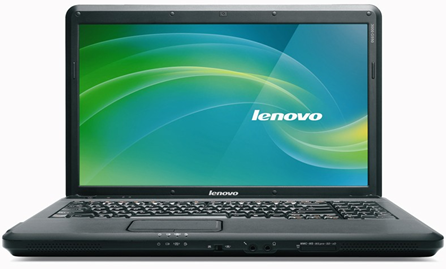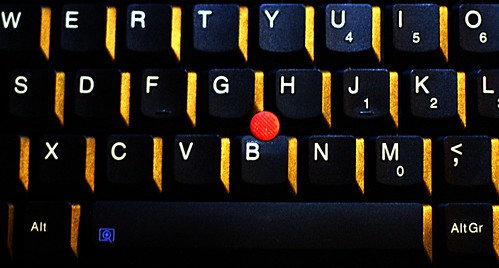Now that Google’s selling Motorola, how much did it overpay in 2011?
Just how much did Google (GOOG) overpay for Motorola Mobility when it agreed to buy the phone maker for $12.5 billion in 2011 Shareholders will have to figure that out after Google announced on Wednesday that it is unloading the money-losing subsidiary on Chinese electronics maker Lenovo Group (0992.HK) for $2.9 billion.
Sure, Motorola had $3 billion of cash on its balance sheet when it was acquired and Google later sold a set-top box division for $2.4 billion. But that still leaves Google CEO Larry Page left to explain why he’s only getting $3 billion for the remaining net investment of $7 billion. “Patents,” he’d likely reply.
Analysts speculated all along that Google made the hasty deal only to get control of Motorola’s vast trove of about 17,000 patents. At the time, Apple (AAPL) and Microsoft (MSFT) appeared to be waging an intellectual property war to beat back the Android challenge. Many of those battles continue and intellectual property attorneys are split over whether the Motorola patents have helped Google much, if at all.
Still, Google said it would retain “the vast majority” of patents from Motorola in the sale to Lenovo.

